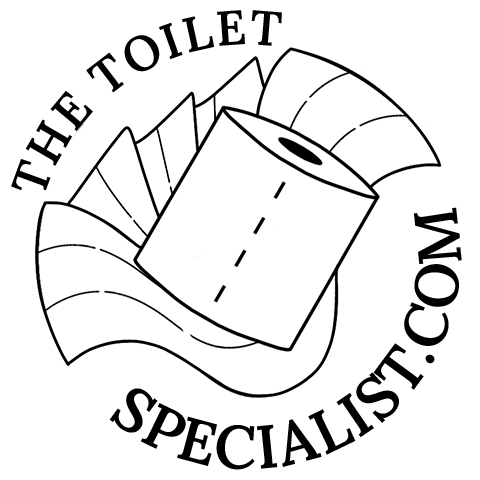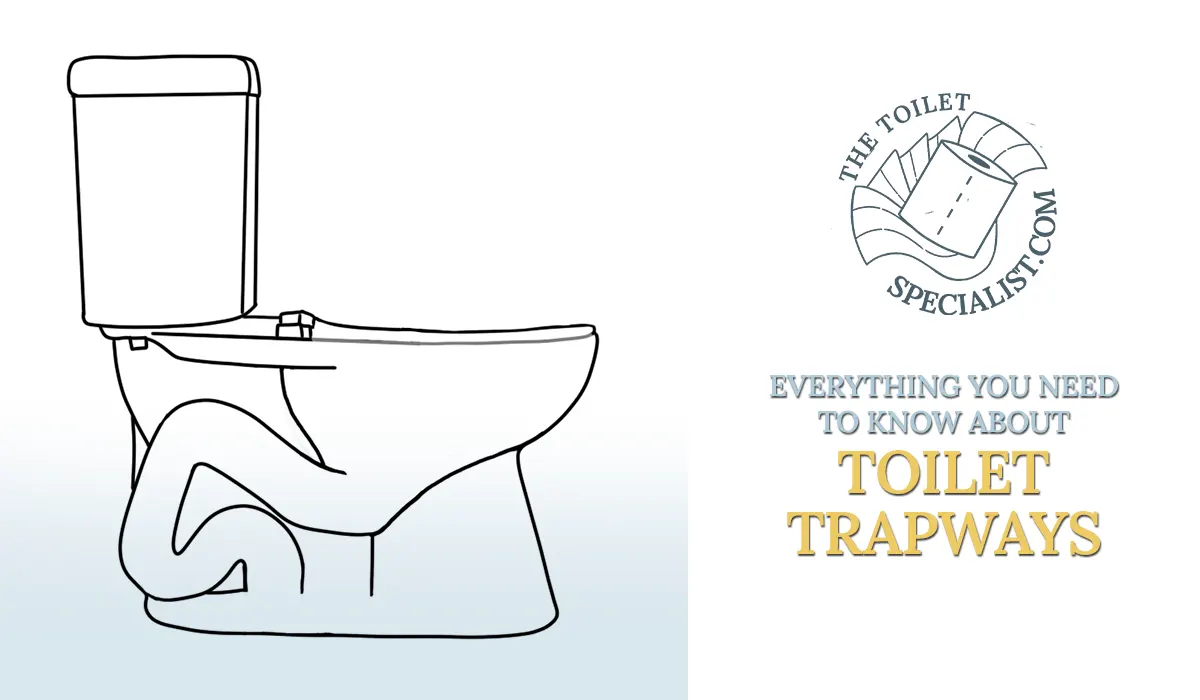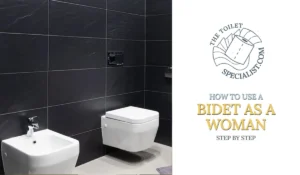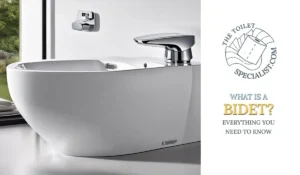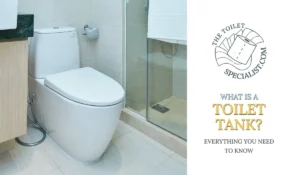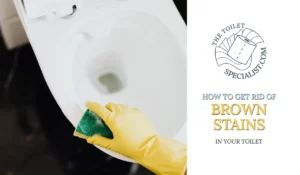One integral feature of the toilet that often goes unnoticed is the trapway. The design and function of this critical component play a pivotal role in the functionality of a toilet.
Keep reading to find out everything you need to know about toilet trapways!
What is a toilet trapway?
So what exactly is a toilet trapway?
The trapway is the plumbing pathway that transports waste material from the toilet bowl to the sewer or septic system. It’s the curved, S-shaped channel you see at the base of the toilet. The unique bend in the trapway prevents sewer gases from seeping back into your home. This is an important factor in maintaining a sanitary and odor-free environment.
Does toilet trapway size matter?
But, here’s the thing: The efficiency of the flush doesn’t simply hinge on the trapway alone. It’s equally influenced by its diameter.
A larger diameter of a toilet’s trapway facilitates a more powerful flush, simply because it allows a greater volume of water to pass through more quickly. However, a larger diameter potentially uses more water, so finding the right balance between flushing performance and water conservation is crucial.
Generally, they come in standard sizes, with diameters ranging from 1.5 to 4 inches. According to the American National Standards Institute, the minimum size requirement must be 1.5 inches.
Larger trapways allow for a more powerful and clog-resistant flush. Yet, larger trapways often mean a more visible and less aesthetically appealing toilet design. Lots of manufacturers design “fully glazed concealed trapways” that are hidden from view such as this popular one.
Benefits of a glazed toilet trapway
Not only is the size of the toilet trapway important, but another key aspect is whether it’s glazed or not.
A glazed trapway is coated with a smooth, slippery surface that helps waste material move smoothly. It prevents obstructions and build-ups. Non-glazed trapways can cause friction, leading to potential clogs. The glazing is also too smooth for bacteria to hang on to.
Therefore, a fully glazed trapway is always the better option for optimal, clog-free performance.
The reduction in friction also prevents waste from sticking to the trapway’s surface, further ensuring a clean and thoroughly efficient flush each time. Moreover, the smoothness of the trapway’s surface impacts the flushing process as well.
Cleaning toilet trapway
Cleaning your toilet’s trapway is also a significant part of toilet maintenance. A neglected one could lead to a buildup of waste material and a higher risk of clogs.
While not visible, maintaining a clean trapway on the inside can often require a professional touch.
A certified plumber can provide the necessary cleaning using specialized tools that can reach deep into the trapway to maintain a clean, efficient passageway. You can also decide to snake your trapway yourself.
So make sure to clean regularly as prevention!
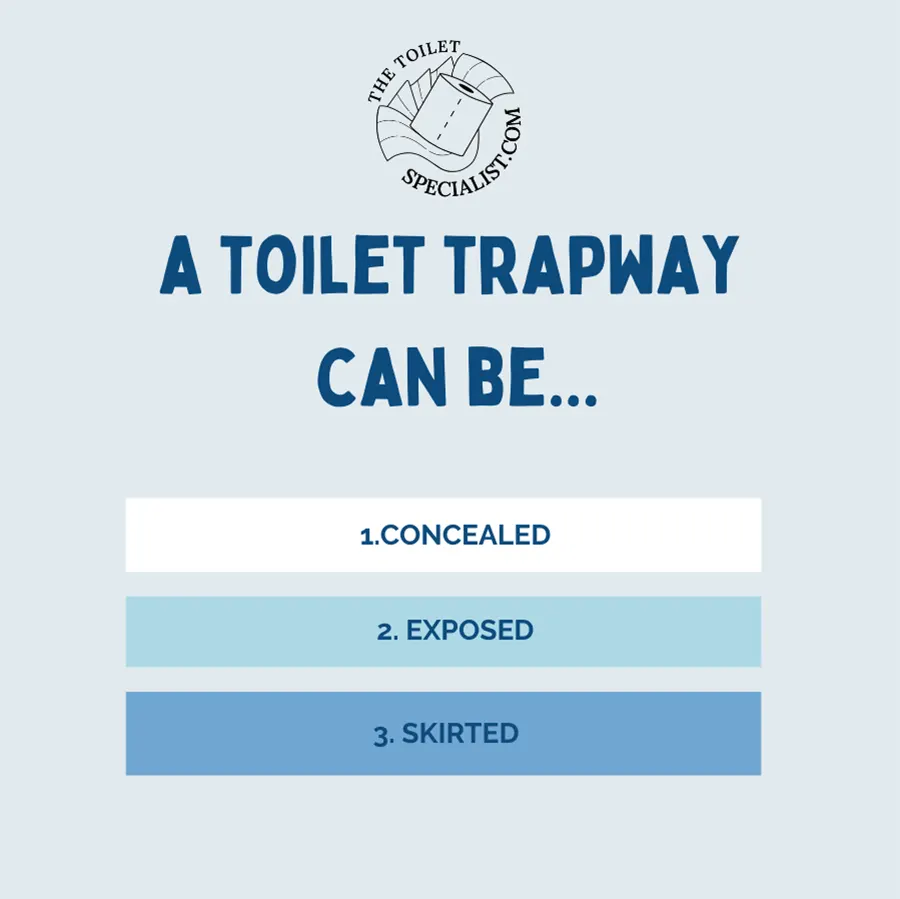
How Toilet Trapways Work
All of this brings us to the heart of the matter: how exactly does the trapway influence the flushing mechanism in the toilet?
Initially, when you depress the flush lever, a volume of water rushes from the tank directly to the bowl. The force of this incoming water, plus the pull of gravity, drives the waste material out of the bowl. From here, the key player in ensuring each flush is successful – is the toilet trapway.
This vital component carries out the work under the radar. It directs the waste material from the bowl through a curved pathway and, eventually, into the sewer pipe.
Why is a trapway curved?
The deliberately curved design of the trapway has a purpose, it helps maintain a constant water seal. In other words, water is always retained within the trapway even after a flush. This water forms a barrier that effectively prevents the unpleasant odors of sewer gasses from permeating back into the bathroom.
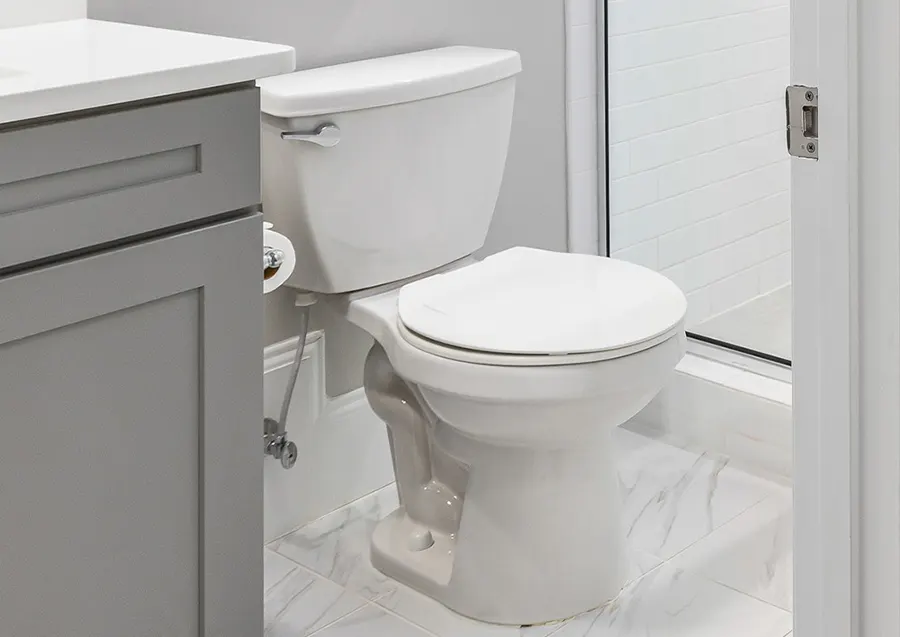
Types of toilet trapways and their benefits
Building on prior knowledge, let’s dive deeper into the main types of toilet trapways, their unique traits, and how they facilitate a smoother disposal process.
Fully Glazed Trapway:
A toilet with a fully glazed trapway are renowned for their superior cleanliness level. The entire porcelain surface of a glazed trapway has been coated with a slick finish, creating a super-smooth pathway for waste material.
The smooth surface reduces friction and prevents waste from sticking, maintaining optimal flushing efficiency. A fully glazed trapway significantly reduces chances of clogs, making for a reliable and hassle-free toilet.
Concealed Trapway:
For those desirous of a modern, streamlined appearance:
A toilet with a concealed trapway is an excellent option. Here, the contours are hidden by a smooth facade, giving the toilet a sleek and seamless look.
However, it’s not only about aesthetics. The concealed design also makes it easier to wipe clean, as there are fewer crevices for dust and grime to settle into.
Skirted Trapway:
Similar to the concealed type:
A toilet with a skirted trapways come with a smooth cover that hides the trapway. However, in this case, the cover extends all the way to the floor, creating an elongated, streamlined look that pairs well with contemporary bathroom designs.
Skirted trapways are becoming increasingly popular due to their upscale appearance and ease of cleaning.
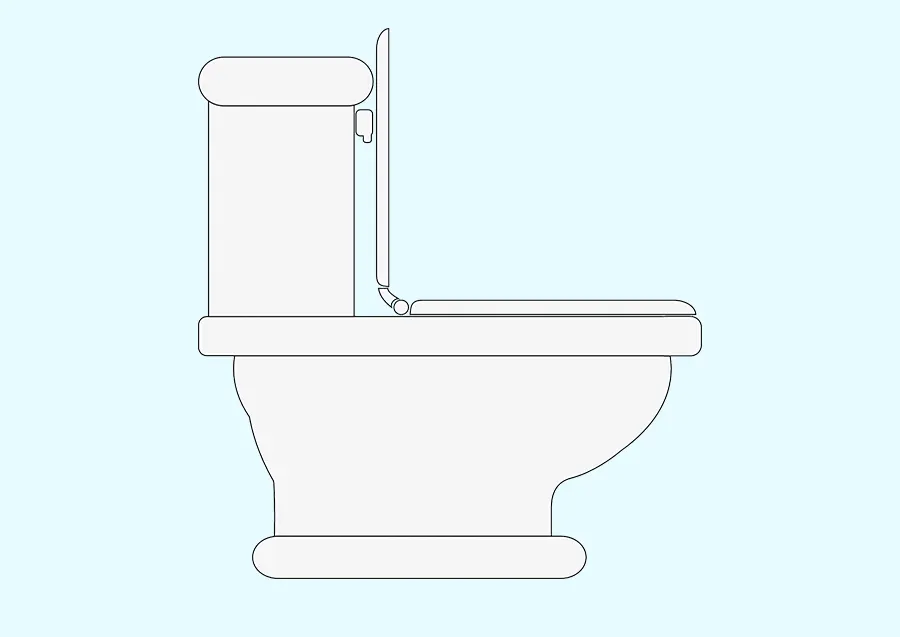
Exposed Trapway:
Traditional in style:
Toilets with an exposed trapway display the intricate bends and curves of the toilet’s design. Although not as aesthetically pleasing as the skirted or concealed options, they typically come with a lower price tag and are generally easier to install, making this type a suitable option for thrifty homeowners.
No matter the design – exposed, concealed, or skirted – toilet trapways are all engineered to accomplish the same fundamental job: to effectively and hygienically transport waste and water from the toilet bowl to the drainpipe.
Regardless of its design, a toilet’s efficiency and performance heavily relies on it!
Disclaimer: TheToiletSpecialist.com is not responsible for any damage caused to your toilet and surroundings by (wrongly) interpreting information found on this site. Please seek custom advice from a professional to evaluate your current situation.
This article may contain affiliate links at no extra cost to you. AF links help support this blog so that it can exist and expand for years to come!
